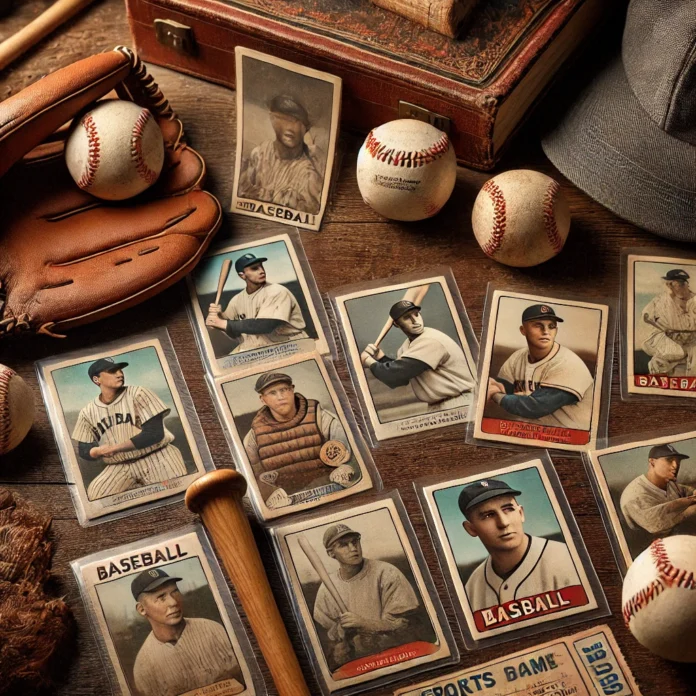Baseball cards have been a cherished part of American culture for well over a century. What started as simple promotional items tucked into tobacco packs has evolved into a billion-dollar industry, complete with high-stakes auctions, professional grading, and even digital collectibles. Whether you’re a lifelong collector or just getting started, understanding the history of baseball cards helps you appreciate their value—not just in dollars, but in nostalgia and cultural significance.
The Early Days: Tobacco Cards and the Birth of a Hobby
In the late 1800s, tobacco companies began inserting small trading cards into cigarette packs as a marketing gimmick. These early cards, known as tobacco cards, often featured baseball players, celebrities, or political figures. The most famous of these is the 1909-1911 T206 Honus Wagner card, which remains one of the rarest and most expensive baseball cards in existence. Legend has it that Wagner, a Hall of Fame shortstop, objected to his image being used in a tobacco advertisement, leading to the card’s limited production. Today, the Wagner card has sold for millions at auction.
The 1930s-1950s: The Rise of Gum and Bubble Gum Cards
As baseball became America’s favorite pastime, card collecting gained popularity. During the Great Depression, tobacco companies faded from the industry, and gum manufacturers took over. In 1933, Goudey Gum Company released a set of baseball cards packaged with chewing gum, creating the model for modern trading cards.
By the 1950s, Topps dominated the baseball card market. The 1952 Topps Mickey Mantle rookie card became one of the most coveted collectibles in history. Topps’ success also led to the emergence of competitors like Fleer and Bowman, sparking a golden age of baseball cards.
The 1980s-1990s: The Boom, The Overproduction, and The Bust
In the 1980s, baseball cards exploded in popularity. The hobby became mainstream, with millions of kids (and adults) buying packs in search of future Hall of Famers. Companies like Donruss, Score, and Upper Deck entered the market, introducing innovations like holograms, foil stamping, and premium card stock.
However, the 1990s brought trouble. Seeing the demand, manufacturers began overproducing cards, flooding the market. The result? A crash in card values. Many collectors who had hoped to cash in found their collections nearly worthless, as supply far outweighed demand.
The 2000s-Present: The Resurgence and The Digital Era
After the 1990s bust, baseball card collecting seemed like a dying hobby—until it wasn’t. In the 2010s, the industry rebounded thanks to professional grading services like PSA (Professional Sports Authenticator) and Beckett Grading Services. These companies authenticated and graded cards, creating a standardized way to assess value.
Then, in 2020, the pandemic sparked an unprecedented boom. Stuck at home, people rediscovered old collections, and demand skyrocketed. Rare cards began selling for millions again, including the 1952 Topps Mickey Mantle, which fetched over $12.6 million in 2022.
Now, the newest frontier is digital collectibles. Platforms like Topps BUNT and NFT-based trading cards allow collectors to buy, sell, and trade virtual baseball cards. While some purists resist the shift, others see it as the next evolution of the hobby.
Conclusion: The Legacy of Baseball Cards
From cigarette packs to blockchain, baseball cards have come a long way. Whether you love the nostalgia of holding a vintage Topps card or the thrill of chasing digital NFTs, the hobby continues to evolve. One thing is certain—baseball card collecting isn’t just about money. It’s about history, memories, and the joy of the game.
Disclaimer: This is not financial advise.




